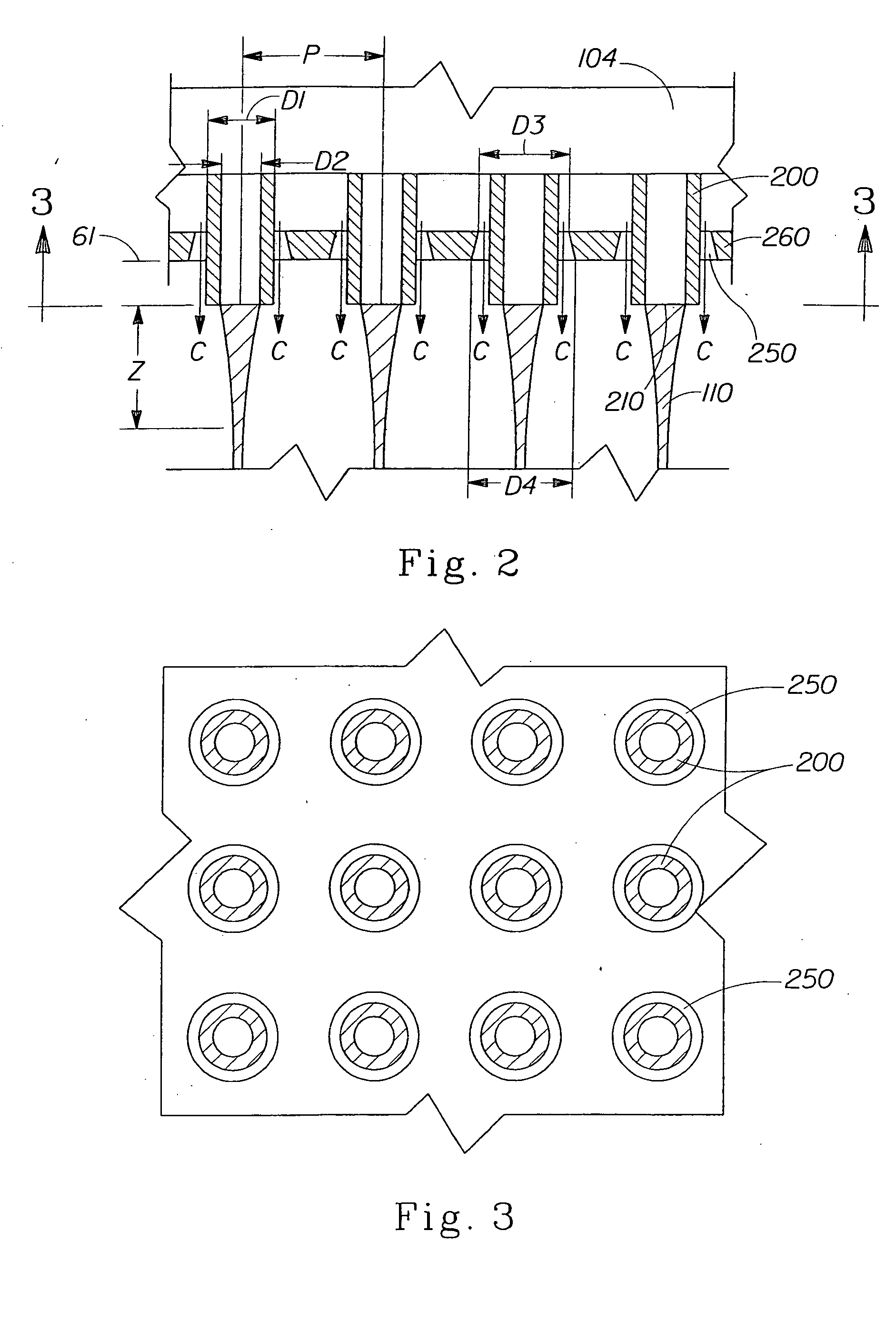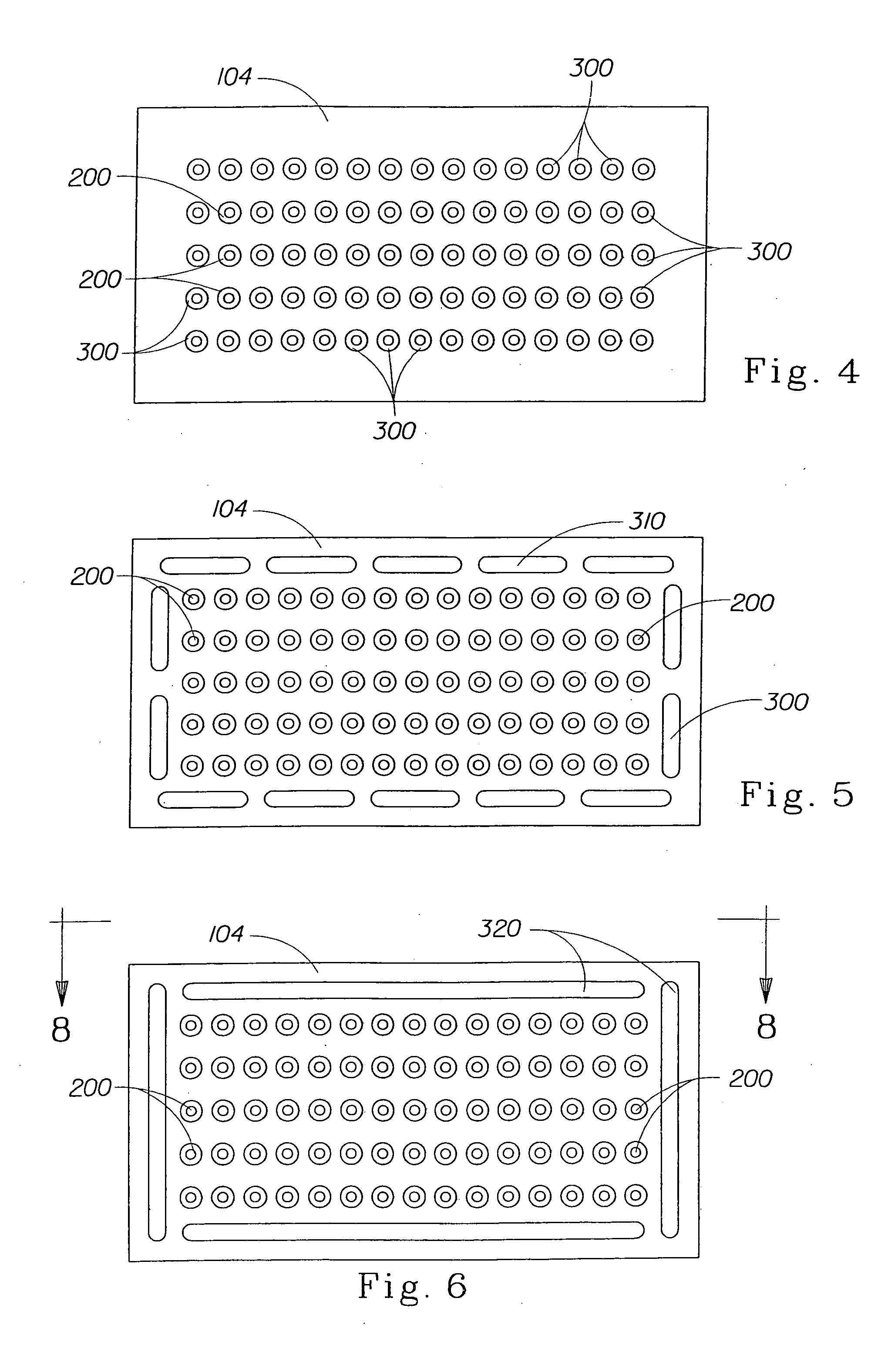Non-thermoplastic starch fibers and starch composition for making same
a technology of thermoplastic starch and starch, which is applied in the direction of dervative coating of starch, weaving, transportation and packaging, etc., can solve the problems of additional challenges, thermoplastic starch, and starch fibers not acquiring a sufficient wet tensile strength,
- Summary
- Abstract
- Description
- Claims
- Application Information
AI Technical Summary
Benefits of technology
Problems solved by technology
Method used
Image
Examples
example 2
(B)(3) Example 2 of Non-Thermoplastic Fibers
Twenty five grams of Clinton® 480 starch (oxidized Dent corn starch having a weight average molecular weight of approximately 740,000 g / mol) from Archer, Daniels, Midland Co., Decatur, Ill., USA, 1.25 grams of anhydrous calcium chloride (5% based on the weight of the starch), 1.66 grams of Parez® 490 (3% urea-glyoxal resin based on the weight of the starch), and 45 grams of aqueous 0.5% w / w citric acid solution were added to a 200 ml beaker. The fibers were produced and prepared according to the procedure outlined in the Example 1 above, and the wet tensile stress of the fibers was then determined by the method described in Example 1. The resulting average wet tensile stress of 2.1 MPa with a standard deviation of 1.25 was obtained, with a maximum wet tensile stress of 3.4 MPa.
example 3
(B)(4) Example 3 of Non-Thermoplastic Fibers
Twenty five grams of Ethylex® 2005 starch (hydroxyethylated Dent corn starch with 2% weight-to-weight substitution of ethylene oxide and with a weight average molecular weight of approximately 250,000 g / mol from A. E. Staley Manufacturing Corporation, 5.55 grams of Parez® 490 (10% urea-glyoxal resin based on the weight of the starch), 2.0 grams of a 1.0% w / w solution of N-300 polyacrylamide from Cytec Industries, Inc., West Patterson, N.J., USA, and 45 grams of aqueous 0.5% w / w citric acid solution were added to a 200 ml beaker. The fibers were produced and prepared according to the procedure outlined in the example 1 above, and the wet tensile stress of the fibers was then determined by the method described in Example 1. The resulting average wet tensile stress of 0.45 MPa with a standard deviation of 0.28 was obtained.
While the method for determining the wet tensile stress of a single fiber described above provides a direct measuremen...
example
Sieved particles of the following starches were prepared and measured according to the method described immediately above. Each of the starch samples, comprising Parez® 490 crosslinker, phosphoric acid catalyst, and optionally calcium chloride crosslinker, all on an active solids basis, are listed in the following table along with solution absorption values.
Gram solution% Parez% phosphoric% calciumabsorbed perStarch Type490acidchloridegram starchEthylex ® 20051.00.7500.47StaCote ® H441.00.755.01.23Purity ® Gum1.00.7502.27ClearCote ® 6151.00.7501.45Clinton ® 4805.00.755.01.02Ethylex ® 20055.00.7500.38StaCote ® H445.00.755.00.84
(C) Shear Viscosity
The shear viscosity of the non-thermoplastic starch composition of the present invention can be measured using a capillary rheometer, Model Rheograph 2003, manufactured by Goettfert USA of Rock Hill S.C., USA. The measurements can be conducted using a capillary die having a diameter D of 1.0 mm and a length L of 30 mm (i.e., L / D=30). Th...
PUM
| Property | Measurement | Unit |
|---|---|---|
| wet tensile stress | aaaaa | aaaaa |
| wet tensile stress | aaaaa | aaaaa |
| wet tensile stress | aaaaa | aaaaa |
Abstract
Description
Claims
Application Information
 Login to View More
Login to View More - R&D
- Intellectual Property
- Life Sciences
- Materials
- Tech Scout
- Unparalleled Data Quality
- Higher Quality Content
- 60% Fewer Hallucinations
Browse by: Latest US Patents, China's latest patents, Technical Efficacy Thesaurus, Application Domain, Technology Topic, Popular Technical Reports.
© 2025 PatSnap. All rights reserved.Legal|Privacy policy|Modern Slavery Act Transparency Statement|Sitemap|About US| Contact US: help@patsnap.com



